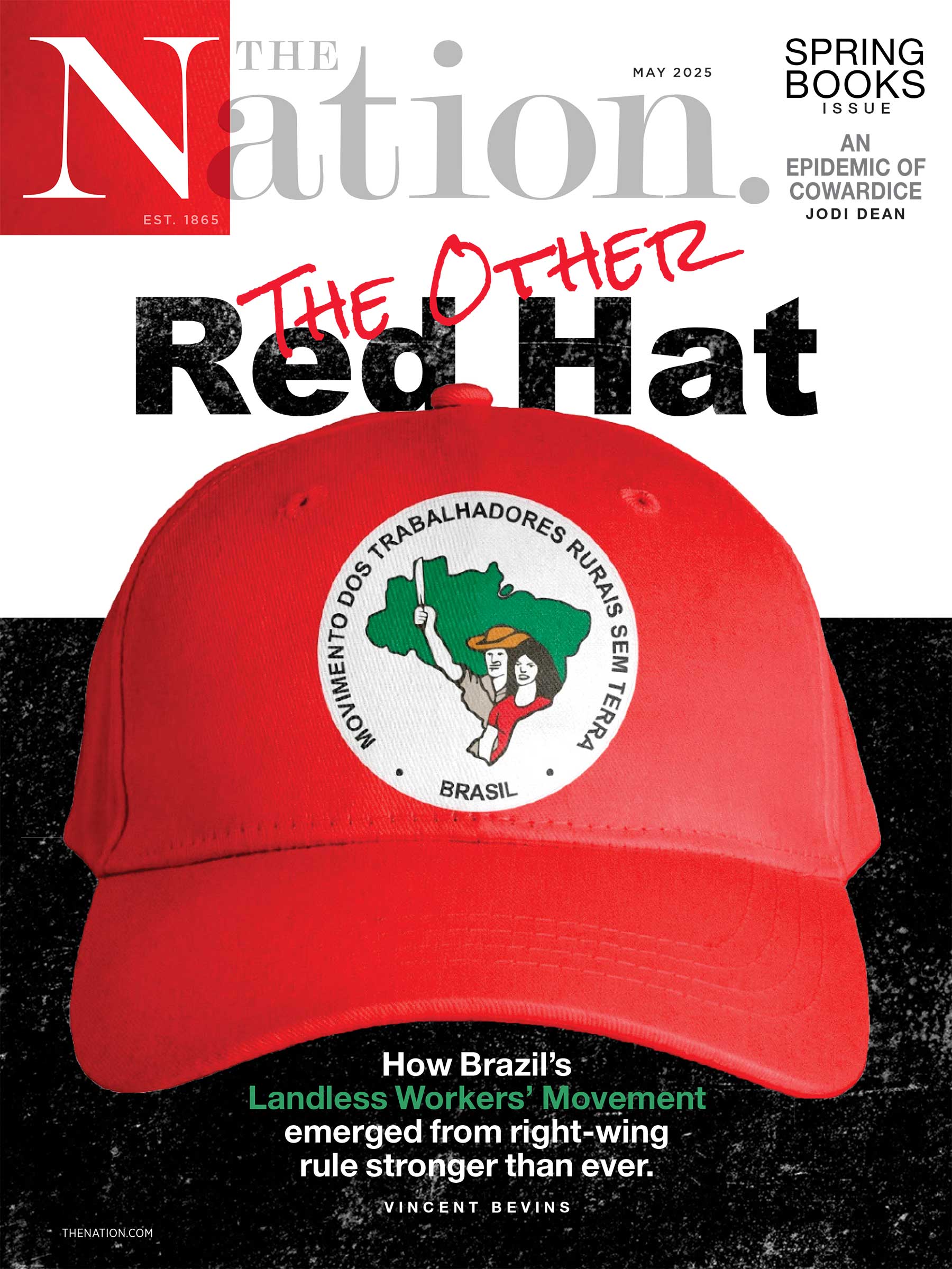On March 5, a few weeks short of the two-year anniversary of the US invasion of Iraq, a new organization of antiwar activists, Educators To Stop The War, convened in New York City to take a fresh look at ways to resist the US occupation of Iraq. The event marked the coming together of a newly minted coalition of teachers, students, veterans and union members. The conference explored a novel approach to antiwar organizing, linking the success of Bush’s prowar campaign to the dismantling of America’s education system.
“We must be creative in our attempts to counter the action the government has taken,” Nancy Romer, a teacher and leader of the American Federation of Teachers, said to open the conference’s morning plenary. In practice, during the daylong series of workshops this meant analyzing how Bush’s education initiatives have served to advance his military aims. The fact that the majority of soldiers fighting in Iraq are in their mid-20s or younger, and a little less than a year ago there were 2,500 soldiers under the age of 18 serving, hints at a connection between today’s education system and military interest among youth.
In various ways, the conference’s many workshops took up the same question: What is happening at high schools and campuses nationwide to propel large numbers of youth to join the armed forces? According to many participants, interest in the military among youth can be traced to Bush’s flawed education policy. In the months following the 9/11 attack, while Bush forged ahead on military proposals, nearly all the domestic issues on the agenda were thrown to the wind, except for one–Bush’s education reform: the No Child Left Behind Act.
Somehow, a military initiative snuck its way into the education bill. Within the 1,200 pages of NCLB lies a little-known provision that requires public schools not only to allow military recruiters to set up in school but to hand over students’ contact information to recruiters. And while the provision does include an “opt out” clause for students, it is even less publicized than the provision itself. Many students have no idea their information is up for grabs in the first place. Last year, only an estimated 2 percent of students chose to protect their information. One of the major workshops of the conference was dedicated to organizing a more effective campaign against recruitment in schools and to making sure students know they don’t have to disclose their information.
More fundamentally, the conference explored the reasons young people are so vulnerable to military recruiters on school campuses–that is, the lack of alternative paths available to them after high school. During one workshop, on “Women, War, and Violence,” Maggie, a young women who served in the Army for seven years before the onset of the Iraq War, confessed, “I had no other options and they sold it (the military) well…. As a woman it was a matter of economic dependence to me.” The recruiters offer the promise of travel and adventure in addition to funding for college. William, the subject of a documentary on youth recruitment shown at the conference, said of joining the military after high school, “It’s better than working at CVS. I have higher goals for myself.”
By cutting financial aid for college, Bush’s 2006 budget proposal reinforces the Catch-22 that many high schoolers face. Under the proposal, Perkins loans, the low-interest loans that help students afford the rising costs of tuition, are to be slashed entirely. And while Bush has proposed raising the maximum Pell Grant by $100 per year, the money for this would come out of funds for forty-eight education programs, including grants for vocational serving largely poor high school students. Moreover, educators are taking the Pell proposal with a grain of salt. During his 2000 campaign Bush promised the same modest increase but opposed a Congressional effort to implement it. Pitted against the costs of college today, the actual purchasing power of the maximum Pell Grant has decreased by 44 percent since 1976. At the same time, the Administration is funneling a record $2.7 billion toward the recruitment of young soldiers.
“I remember having only one teacher in high school who might attend a conference like this one today,” Mike Hoffman, the founder of Iraq Veterans Against the War, told the conference attendees. With the conservative backlash against “leftist” campuses, the climate has only gotten worse. In May 2003 a first-year English teacher was fired from her job at a community college in North Carolina for voicing her concern about the Iraq War in class. “We need our teachers to take a stronger stand,” Hoffman said to rising applause.
The conference ended in the auditorium, where the mood emanating from the packed crowd was one of renewed hope. The daylong conference gave teachers and antiwar activists a chance to network and provided teachers with new ideas on how to bring antiwar material into their classrooms. Still, there were no illusions that it had produced easy solutions. Barbara Bowen, PSC-CUNY president and closing speaker, left the participants with a challenge. “How does a conference become a campaign? How does a conference become a movement?… There really isn’t a national or local movement against the war, despite the fact that millions around the world oppose this war and many of us in this room have worked on organizing. But we haven’t stopped the war…. When we leave here today, we need to leave with this question in mind.”


